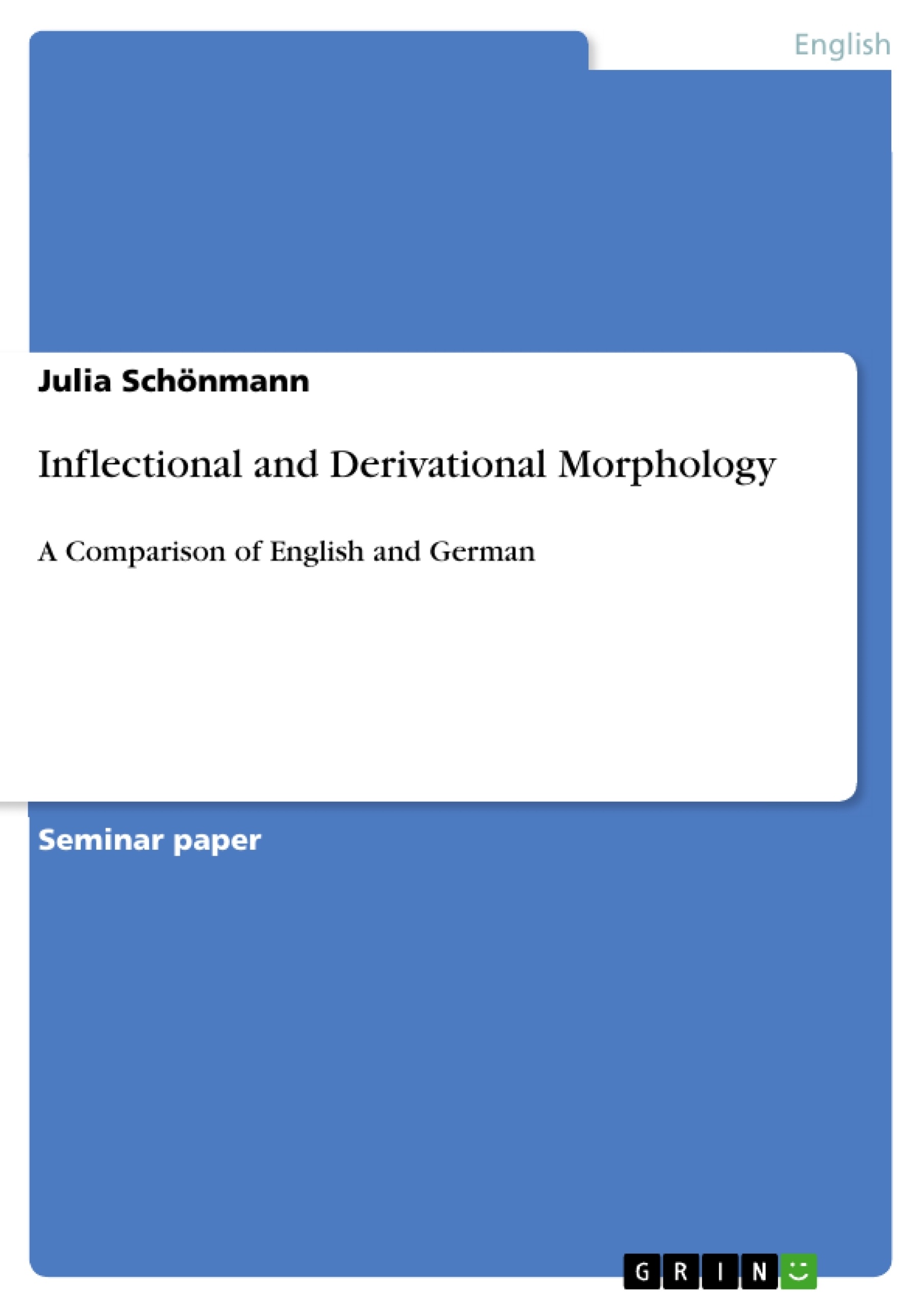Generally, Kortmann defines Contrastive Linguistics as the parallel comparison of two languages concerning their language parameters. According to him, it is especially important to identify separate bundles with structural differences and find the relation between them, the so-called “Kontrastbündel” (contrast bundles). Each one of these bundles can be deduced from the construction plan of the contrastive language.
In this regard, Kortmann starts his analysis by comparing his purpose of Contrastive Linguistics to its original use. He refers to the fact that in the early 40s till 60s these language differences were considered the reason for the problems occurring when learning a foreign language. Hence, Contrastive Linguistics was primarily important for pedagogical use. The systematic comparison of two languages was supposed to improve the learner’s and teacher’s understanding of the foreign language by for example predicting mistakes often made. In this context, Kortmann sees the previously mentioned Contrastive Hypothesis from Lado as a good explanation for the main factors which trigger contrasts.
The Contrastive Hypothesis indicates that similarities between the native language (L1) and the foreign language (L2) lead to an easy and fast learning process whereas differences lead to difficulties and are the main reason for making mistakes. Thus, the basic idea of the Contrastive Hypothesis is the transfer of the characteristics of the native language to the foreign language. Depending on whether this transfer promotes or represses the learning process, it is considered a positive or negative transfer. A negative transfer is also referred to as interference. The most important types of interference are substitution (1), over-differentiation, under-differentiation, over-representation and under-representation (2). Here, Kortmann comments that according to this basic assumption of Contrastive Linguistics only substitution, over-differentiation and under-differentiation can trigger mistakes.
Table of Contents
- Definition of Contrastive Linguistics
- Contrastive Hypothesis
- Diachronic and synchronic Contrastive Linguistics
- Inflectional and Derivational Morphology – A Comparison of English and German
- Inflectional Morphology
- Nouns
- Verbs
- Adjectives and Adverbs
- Derivational Morphology
- Prefixation
- Suffixation
- Conversion
- Compounding
- Conclusion
Objectives and Key Themes
This term paper aims to provide a comprehensive overview of Contrastive Linguistics, focusing on the comparison of English and German. The study will delve into the theoretical foundation of Contrastive Linguistics, exploring its history, objectives, and limitations. Specific attention will be paid to the analysis of morphological differences between English and German, including inflectional and derivational processes. Through this comparative analysis, the paper will highlight key differences in the structure and function of these two languages.
- The theoretical framework of Contrastive Linguistics
- The Contrastive Hypothesis and its application to language learning
- The distinction between diachronic and synchronic Contrastive Linguistics
- Comparative analysis of inflectional and derivational morphology in English and German
- The role of Contrastive Linguistics in understanding language differences and their implications for language teaching and learning
Chapter Summaries
The first chapter defines Contrastive Linguistics as the parallel comparison of two languages, aiming to identify structural differences and their interrelations. It discusses the Contrastive Hypothesis, which proposes that similarities between languages facilitate learning while differences lead to difficulties. The chapter explores various types of interference, including substitution, over-differentiation, under-differentiation, over-representation, and under-representation. It critiques the limitations of the Contrastive Hypothesis, arguing that it oversimplifies the learning process and fails to acknowledge the role of similarities in triggering mistakes. The chapter concludes by introducing the distinction between diachronic and synchronic Contrastive Linguistics.
Keywords
Contrastive Linguistics, Contrastive Hypothesis, interference, inflectional morphology, derivational morphology, English, German, language comparison, language teaching, language learning.
- Quote paper
- Julia Schönmann (Author), 2014, Inflectional and Derivational Morphology, Munich, GRIN Verlag, https://www.grin.com/document/273315



